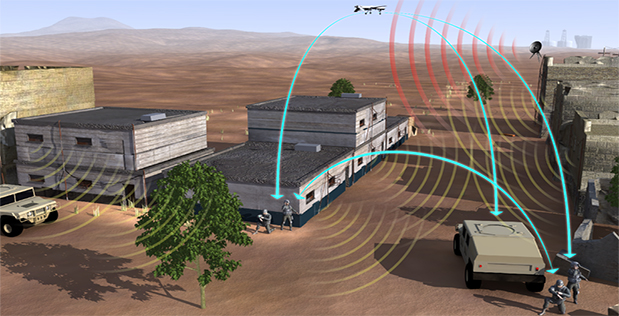
DARPA developing chip to ensure uninterrupted military radar and communications
With electronic warfare on the rise, there’s an increased need for scarce electromagnetic (EM) spectrum. As the spectrum becomes more congested, the Department of Defense (DoD) is set on establishing better tools for avoiding interference from competing signals.

Now, DARPA is working on a solution to this problem— a high-speed analog-to-digital converter (ADC). The ADC could help ensure military capabilities that rely on the spectrum, like communications and radar, remain interrupted. What makes the converter possible is 32 nm silicon-on-insulator semiconductor technologies.
Current ADCs only process data within a limited portion of the spectrum at a given time which leaves room for them to overlook information about radar, jamming, communications, and other potentially problematic EM signals. The super-fast ADC with a processing speed 10 times faster than ones currently on the market allows for the analysis of data from across a much wider spectrum range. This allows military systems to operate more efficiently in congested spectrum bands and to more rapidly react to spectrum-based threats.
The new DARPA-developed ADC is so fast that is can sample and digitize spectrum signals at a rate of over 60 billion times per second (60 GigaSamples/sec)— fast enough to detect and analyze any signal at 30 GHz or below.
According to DARPA, even thought fast speeds are an asset, they also pose challenges., requiring the large amounts of data to be processed locally on the ADC which reduces the amount of data that must be communicated to other electronics. This on-board digital signal processing burns a lot of power and also requires the use of high-end transistors.
The agency will continue to update the chip’s designs in an attempt to reduce power requirements by an 50% and enable even smaller and lighter systems that can sample even greater swaths of the spectrum.
Source: DARPA

Comments are closed, but trackbacks and pingbacks are open.